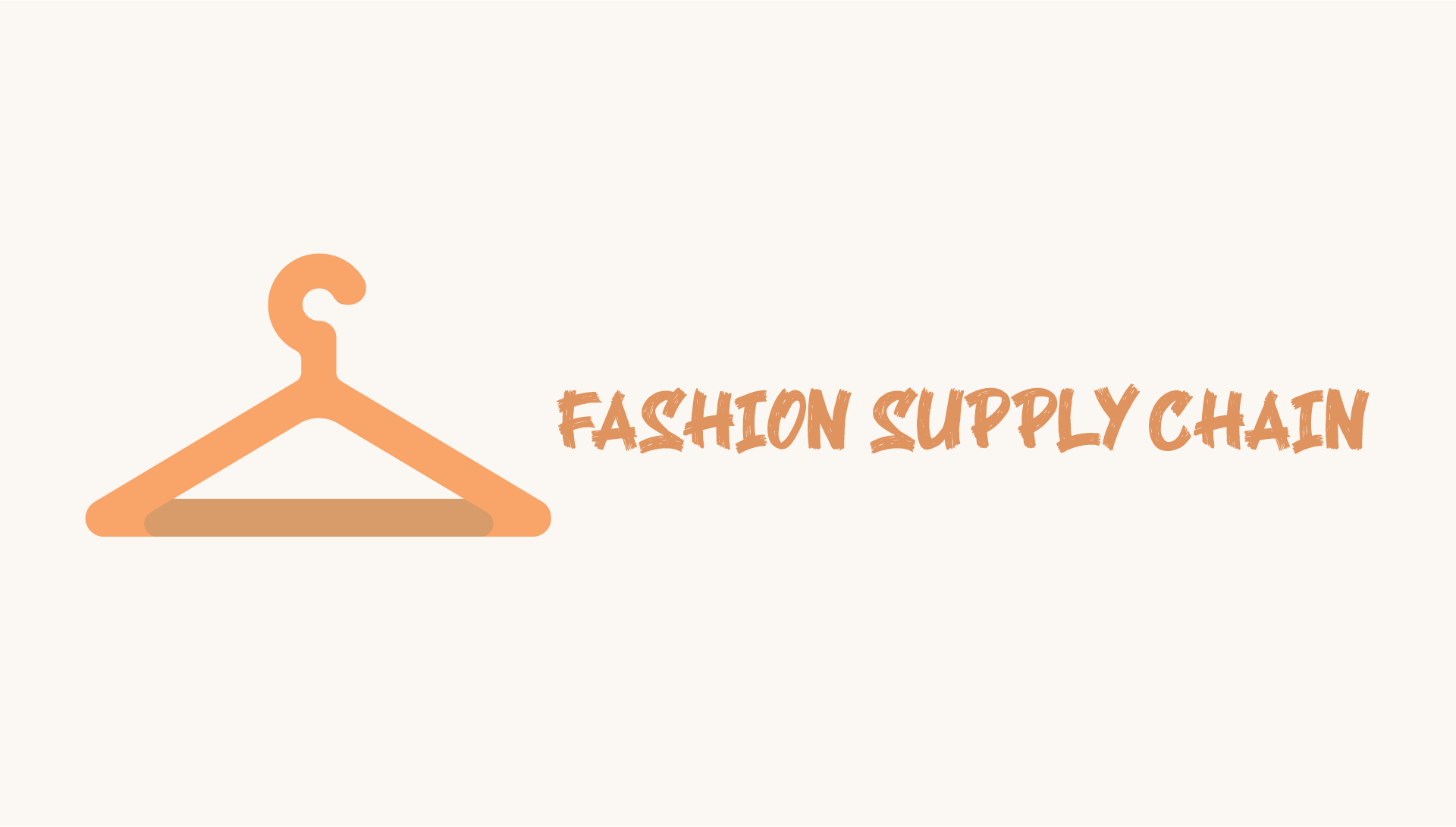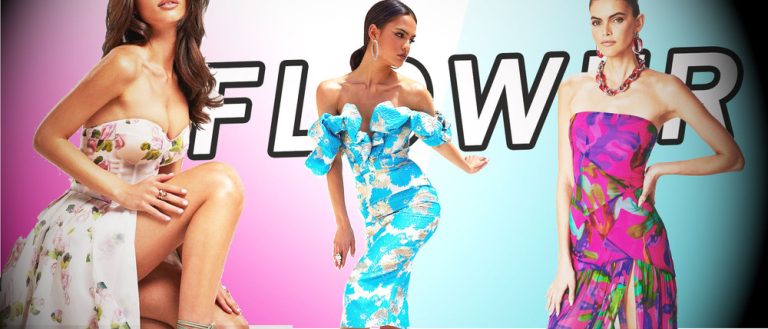Fashion Supply Chain: The Key Elements You Need to Know
Fashion supply chain is a complex and dynamic system that involves the movement of raw materials, finished products, and information across different stages and geographies. The supply chain starts from the sourcing of raw materials, such as cotton or silk, and ends with the delivery of finished goods to the end consumers. The fashion industry is one of the largest and most globalized industries in the world, with a value of around $2.5 trillion and employing millions of people worldwide.
The fashion industry has undergone significant changes over the past few decades, including the globalization of production, the rise of fast fashion, and increased consumer demand for sustainable and ethical products. These changes have placed new pressures on fashion supply chains, which must balance cost, quality, speed, and sustainability. As a result, many fashion companies are rethinking their supply chain strategies and investing in new technologies, partnerships, and initiatives to improve supply chain efficiency, transparency, and sustainability.
Key Takeaways
- The fashion industry is a global and dynamic industry that involves the movement of raw materials, finished products, and information across different stages and geographies.
- Fashion supply chains must balance cost, quality, speed, and sustainability to meet the changing demands of consumers and the market.
- Many fashion companies are investing in new technologies, partnerships, and initiatives to improve supply chain efficiency, transparency, and sustainability.
Global Fashion Industry Overview
The fashion industry is a global business that is constantly evolving. It encompasses everything from clothing and accessories to footwear and cosmetics. The industry is driven by changing consumer preferences, trends, and fashion cycles. In this section, we will provide an overview of the global fashion industry, including its market dynamics and key players.
Market Dynamics
The global fashion industry is a dynamic and highly competitive market. It is characterized by rapid changes in consumer preferences, fashion trends, and technology. The industry is driven by the demand for new and innovative products, as well as the need to stay ahead of the competition.
One of the key drivers of the fashion industry is the rise of fast fashion. Fast fashion is a business model that focuses on producing high volumes of low-cost clothing that is quickly sold and replaced. This model has become increasingly popular in recent years, as consumers demand more affordable and trendy clothing.
Another trend in the fashion industry is the growing demand for sustainable and ethical fashion. Consumers are becoming more aware of the environmental and social impact of the fashion industry and are looking for ways to reduce their impact. This has led to the rise of sustainable fashion, which focuses on producing clothing that is environmentally friendly and socially responsible.
Key Players
The global fashion industry is dominated by a few key players. These players are responsible for driving innovation, setting trends, and shaping the industry. Some of the top players in the fashion industry include:
- Inditex: Inditex is a Spanish multinational clothing company that is best known for its flagship brand, Zara. The company operates over 7,000 stores in 96 countries and is one of the largest fashion retailers in the world.
- H&M: H&M is a Swedish multinational clothing company that is known for its affordable and trendy clothing. The company operates over 5,000 stores in 74 countries and is one of the largest fashion retailers in the world.
- LVMH: LVMH is a French multinational luxury goods company that is known for its high-end fashion brands, including Louis Vuitton, Dior, and Fendi. The company is one of the largest luxury goods companies in the world and operates over 4,000 stores in 60 countries.
- Burberry Group plc is a British luxury fashion house established in 1856 by Thomas Barberry and headquartered in London, England. It designs and distributes ready to wear, including trench coats, leather accessories, and footwear.
- Giorgio Armani S.p.A. , commonly known as Armani, is an Italian luxury fashion house founded in Milan by Giorgio Armani which designs, manufactures, distributes and retails haute couture, ready-to-wear, leather goods, shoes, accessories, and home interiors. Among others, Armani licenses its name and branding to Luxottica for eyewear and L’Oréal for fragrances and cosmetics. It is considered Italy’s third-biggest fashion group behind Gucci and Prada.
Supply Chain Fundamentals
Fashion supply chain management involves the coordination of a series of activities that are necessary to bring a product to the market. The fundamental principles of supply chain management are crucial to the success of any fashion supply chain. The following are the three main activities involved in fashion supply chain management.
Design and Product Development
Design and product development are the first stages in fashion supply chain management. It involves designing the product and developing it from the concept stage to the final product. This stage includes research, design, and development of the product. The design and product development stage is critical as it sets the foundation for the rest of the supply chain.
Sourcing and Manufacturing
Sourcing and manufacturing are the second stages in fashion supply chain management. It involves sourcing the materials and manufacturing the product. This stage includes selecting suppliers, negotiating prices, and managing the manufacturing process. The sourcing and manufacturing stage is critical as it determines the quality and cost of the final product.
Logistics and Distribution
Logistics and distribution are the final stages in fashion supply chain management. It involves the transportation of the product from the manufacturing site to the end consumer. This stage includes warehousing, transportation, and delivery of the product. The logistics and distribution stage is critical as it determines the speed and efficiency of getting the product to the end consumer.
In conclusion, fashion supply chain management involves the coordination of design, sourcing, manufacturing, logistics, and distribution activities. The fundamental principles of supply chain management are crucial to the success of any fashion supply chain. By understanding the fundamentals of supply chain management, fashion companies can optimize their supply chain and improve their overall performance.
Sustainability and Ethics
The fashion industry has come under scrutiny for its environmental and social impact. Consumers are increasingly demanding that companies adopt sustainable practices and ethical labor standards. In response, many fashion companies are implementing eco-friendly practices and improving labor conditions in their supply chains.
Eco-Friendly Practices
Fashion companies are adopting more environmentally friendly practices to reduce their carbon footprint and minimize waste. One such practice is the use of sustainable materials such as organic cotton, recycled polyester, and biodegradable fabrics. These materials are grown and manufactured using fewer resources and chemicals than traditional textiles, making them a more sustainable option.
Another eco-friendly practice is the use of renewable energy sources such as solar and wind power in manufacturing facilities. This reduces the reliance on fossil fuels and reduces greenhouse gas emissions. Companies are also implementing closed-loop systems that recycle and reuse materials to minimize waste.
Labor Conditions
Fashion companies are also taking steps to improve labor conditions in their supply chains. This includes ensuring fair wages, safe working conditions, and prohibiting forced labor. Many companies are implementing codes of conduct that outline their expectations for suppliers and require regular audits to ensure compliance.
In addition, some companies are investing in community development programs to support workers and their families. These programs may include education and training programs, health clinics, and childcare facilities.
Overall, sustainability and ethical practices are becoming increasingly important in the fashion industry. Companies that prioritize these values are not only meeting consumer demands but are also contributing to a more sustainable and equitable future.




